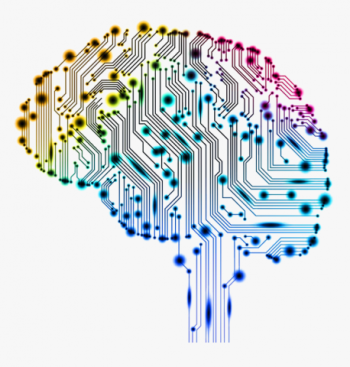K
Kathleen Martin
Guest
The artificial intelligence (AI) industry is continually evolving, with new solutions being created and deployed every day. Gartner predicts that 75 percent of organizations will have operational AI by 2024. However, Gartner’s research shows that only 53 percent of AI projects make it from prototype to production. What is holding new AI pilot projects back from hitting production?
Successful AI projects are all around us, but there is no single best way to create and deploy an AI product with all of these developments. There are, however, four reasons businesses might be missing the mark when it comes to their AI solution.
1. Not enough data
AI is consistently learning and growing from its results and algorithms to provide better, more efficient, and more accurate outcomes in the future. For AI projects to learn, they need an abundance of information. The more data AI can ingest, the higher the accuracy of its output. Yet a common issue is a lack of sufficient data sets for developing AI solutions.
AI needs to ingest enough data to identify patterns within the dataset. A lack of data can impact predictions and output. Providing AI with substantial training data sets can combat this issue and help limit the risk of biases.
Where large data sets can be daunting to a human, AI has the power of speed on its side and can learn quickly. Providing the proper quality and quantity of data allows these solutions to yield exceptional accuracy. If your team still feels bogged down from the endless tasks that the AI solution was supposed to solve, you will need to continue training your AI.
2. Sticking with one means of learning
You don’t just need a lot of data; you also need a lot of sources. For AI to work, it first has to learn. Limiting AI’s learning to one source or knowledge base can negatively affect how the end product operates. Without a range of information from different means, an AI solution will have gaps in its deliverables, causing issues for both creators and end-users.
Successful AI tools use a combination of deep learning models to provide well-rounded solutions. AI projects need to employ various techniques, algorithms, and learning efforts cohesively with straightforward and easy accessibility for humans to engage should there be a need. These “ensemble” algorithms often outperform any individual method of prediction.
With that being said, humans carry unconscious bias, whether they mean to or not. If only one person is providing information to the AI solution, that solution will adopt and share the same biases as the person who taught it. When building an AI project, developers and business leaders need to be laser-focused and aware of potential biases, such as cultural and environmental factors playing a role in developing an AI system, as well as how they can intervene to eliminate biases that could arise. Staying up-to-date on AI developments, how others are implementing and adjusting their projects, and the regulations put in place are essential to developing a successful AI solution.
Continue reading: https://enterprisersproject.com/article/2022/1/why-ai-pilot-projects-fail-4-reasons
Successful AI projects are all around us, but there is no single best way to create and deploy an AI product with all of these developments. There are, however, four reasons businesses might be missing the mark when it comes to their AI solution.
1. Not enough data
AI is consistently learning and growing from its results and algorithms to provide better, more efficient, and more accurate outcomes in the future. For AI projects to learn, they need an abundance of information. The more data AI can ingest, the higher the accuracy of its output. Yet a common issue is a lack of sufficient data sets for developing AI solutions.
AI needs to ingest enough data to identify patterns within the dataset. A lack of data can impact predictions and output. Providing AI with substantial training data sets can combat this issue and help limit the risk of biases.
Where large data sets can be daunting to a human, AI has the power of speed on its side and can learn quickly. Providing the proper quality and quantity of data allows these solutions to yield exceptional accuracy. If your team still feels bogged down from the endless tasks that the AI solution was supposed to solve, you will need to continue training your AI.
2. Sticking with one means of learning
You don’t just need a lot of data; you also need a lot of sources. For AI to work, it first has to learn. Limiting AI’s learning to one source or knowledge base can negatively affect how the end product operates. Without a range of information from different means, an AI solution will have gaps in its deliverables, causing issues for both creators and end-users.
Successful AI tools use a combination of deep learning models to provide well-rounded solutions. AI projects need to employ various techniques, algorithms, and learning efforts cohesively with straightforward and easy accessibility for humans to engage should there be a need. These “ensemble” algorithms often outperform any individual method of prediction.
With that being said, humans carry unconscious bias, whether they mean to or not. If only one person is providing information to the AI solution, that solution will adopt and share the same biases as the person who taught it. When building an AI project, developers and business leaders need to be laser-focused and aware of potential biases, such as cultural and environmental factors playing a role in developing an AI system, as well as how they can intervene to eliminate biases that could arise. Staying up-to-date on AI developments, how others are implementing and adjusting their projects, and the regulations put in place are essential to developing a successful AI solution.
Continue reading: https://enterprisersproject.com/article/2022/1/why-ai-pilot-projects-fail-4-reasons

